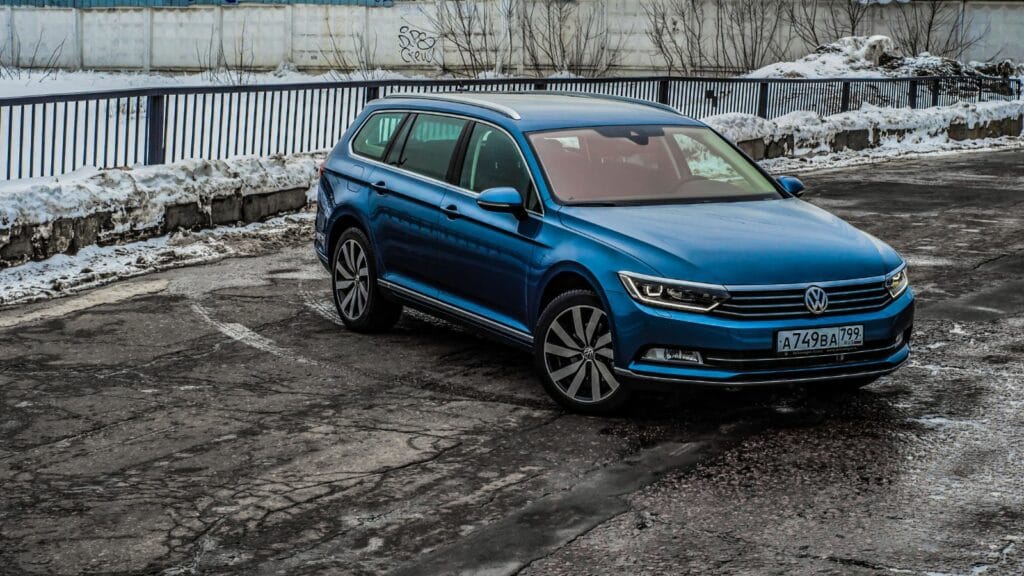Cars that once flew off dealership lots now sit unsold, gathering dust and dealer incentives. Changing consumer tastes, evolving technology, and market saturation have all played a role in pushing some former icons into obscurity. Here are 20 vehicles that used to dominate Canadian roads but are now slipping off the radar.
Dodge Grand Caravan
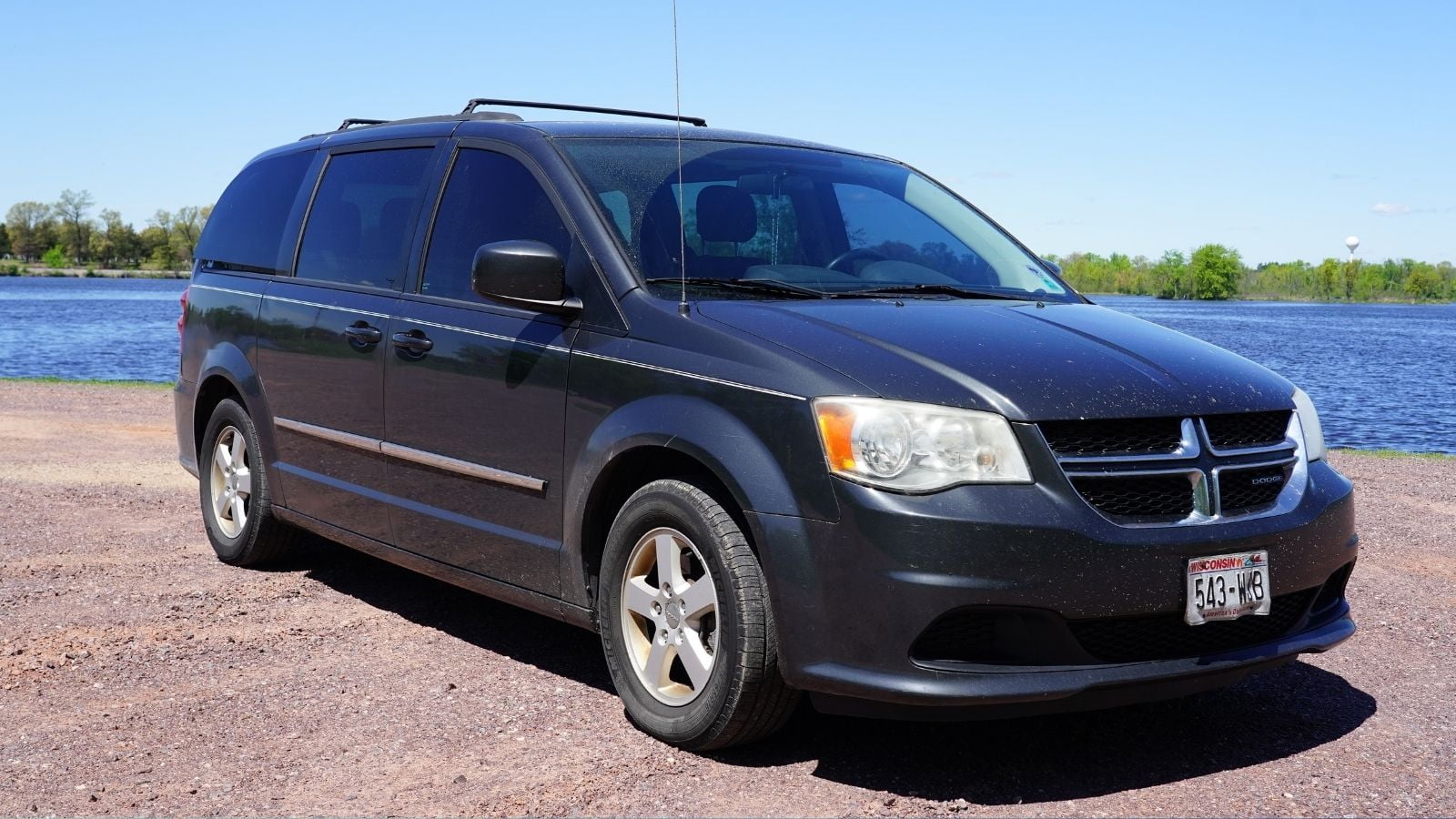
For years, the Grand Caravan was the go-to minivan for families, bolstered by aggressive pricing and widespread availability. But the rise of crossovers and SUVs has rendered minivans less appealing. Buyers are now opting for more versatile and fuel-efficient options. The Grand Caravan’s outdated design and basic tech features only accelerated its fall from grace. Plus, with Stellantis discontinuing it in favor of the Chrysler Pacifica and newer options offering more modern interiors and hybrid powertrains, the Caravan has faded from Canadian driveways and rarely sees the kind of interest it once did.
Chevrolet Impala
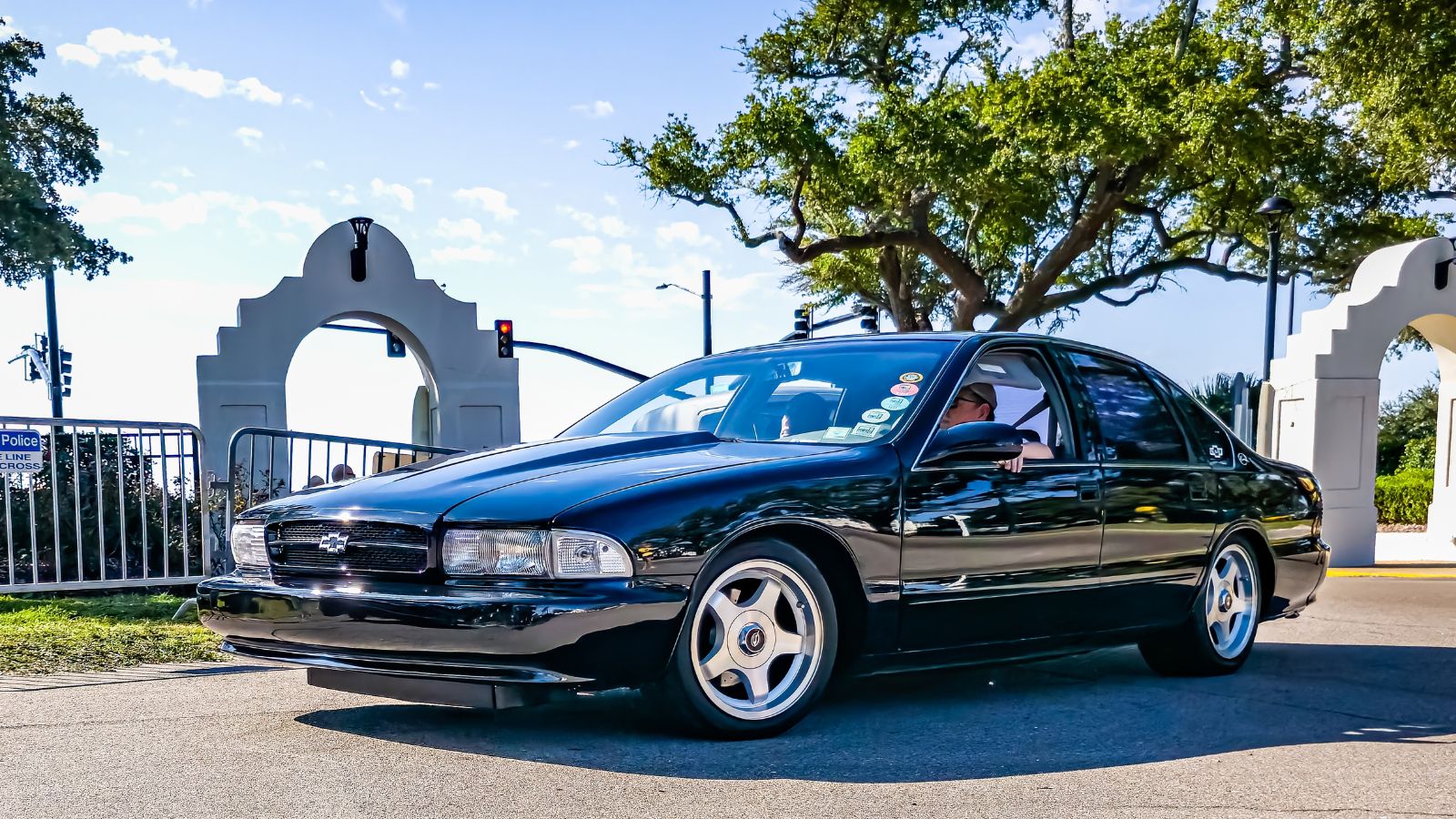
Full-sized sedans were once a staple, and the Impala led the pack. Spacious, smooth, and often used in fleets, it enjoyed a strong run. However, declining sedan sales and a lack of innovation eventually caught up. Consumers now favor compact SUVs with similar interior space and better efficiency. General Motors pulled the plug in 2020, and its absence has barely made a ripple. With used models depreciating rapidly and repair costs creeping up, the Impala is no longer in demand among Canadian buyers who once made it a common sight.
Ford Taurus
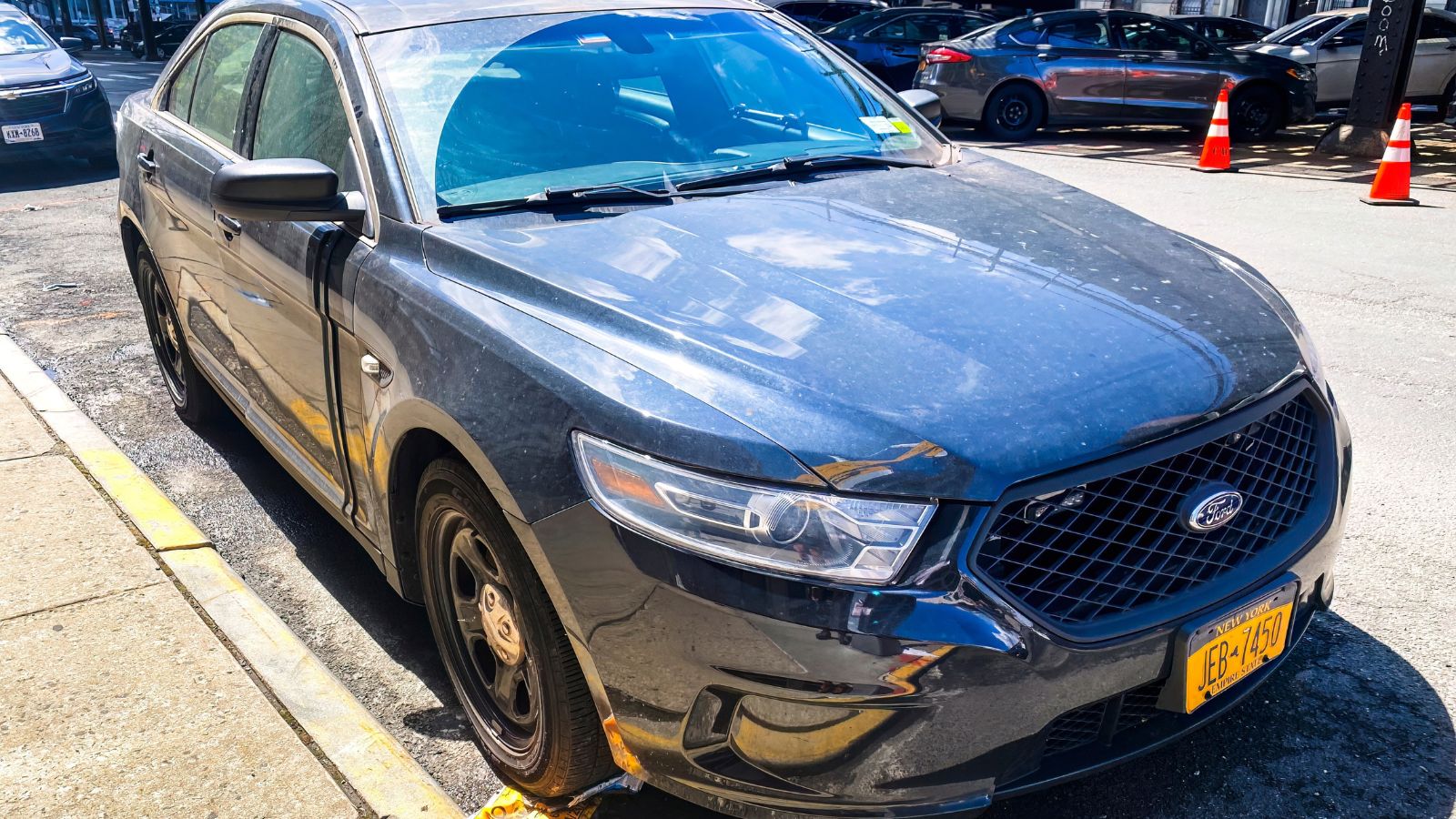
The Taurus was a trailblazer in the ’90s, famous for its futuristic styling and family-friendly build. But over time, it struggled to keep up with the competition. Dated interiors, uninspiring performance, and a lack of identity pushed it out of favor. Ford’s focus shifted toward crossovers like the Escape and Explorer, and the Taurus was quietly discontinued. It no longer holds resale value or cultural relevance. Buyers looking for sedans now gravitate to more refined offerings from Asian brands, leaving the Taurus a relic of a different automotive era.
Hyundai Accent
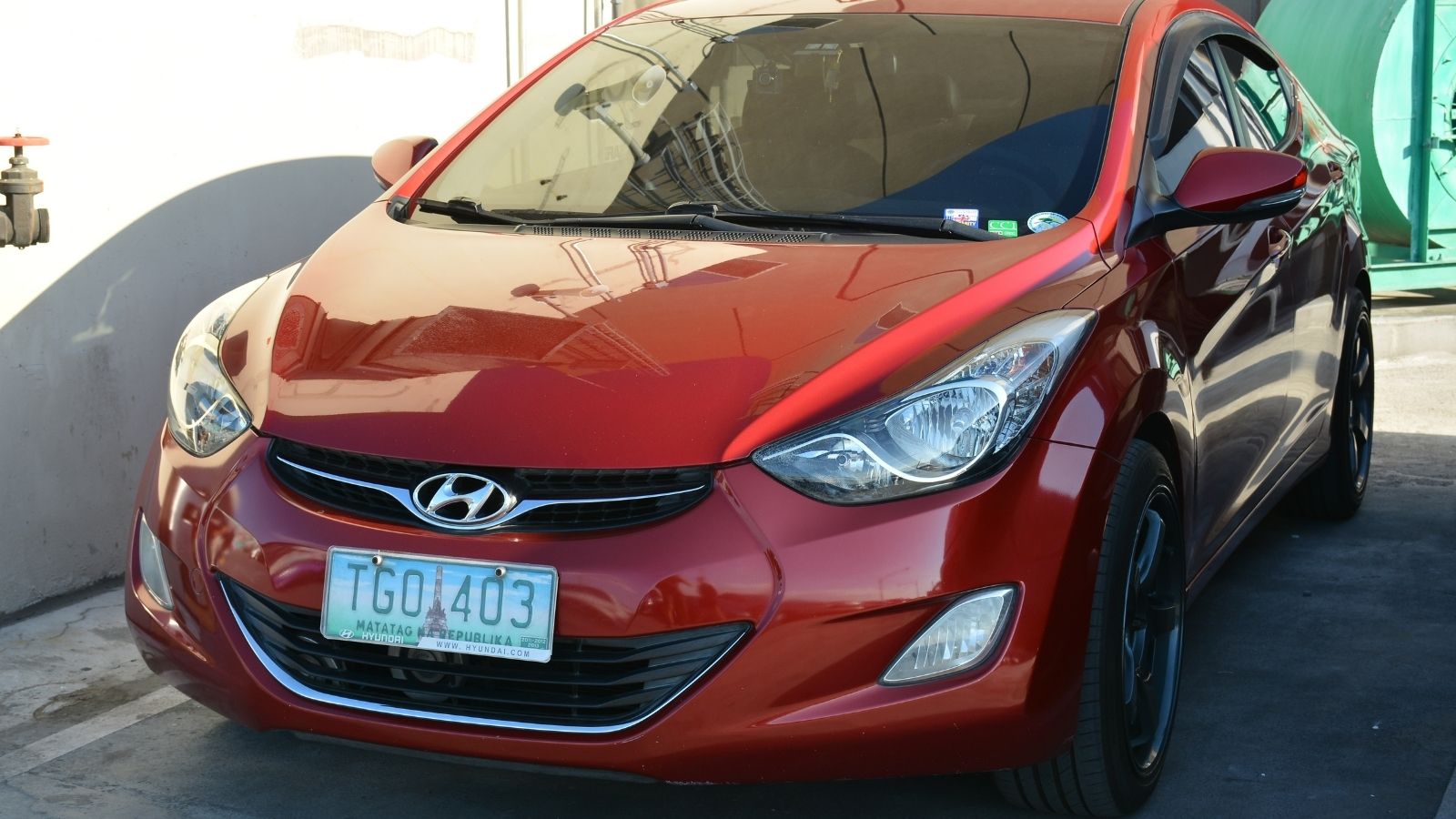
Once admired for its affordability and reliability, the Accent no longer resonates with buyers looking for budget-friendly transportation. The rise of compact crossovers offering more practicality and space has diminished their appeal. Hyundai has also pulled back its marketing and trim options, signalling its diminished interest in the segment. The lack of all-wheel drive and dated styling hasn’t helped either. And, with entry-level buyers now eyeing crossovers like the Venue or Kona, the Accent’s presence in Canadian showrooms has thinned considerably.
Toyota Matrix

The Matrix used to be a smart, spacious hatchback that offered Toyota’s reliability in a more versatile format. It had a strong following among practical drivers and small families. However, it was discontinued in 2014, and no direct replacement filled the void. The rise of compact SUVs and better-looking competitors made the Matrix feel bland and outdated. Even in the used car market, it struggles to command attention, overshadowed by newer options with more features and modern tech. Its utility remains, but the excitement is long gone.
Pontiac Vibe
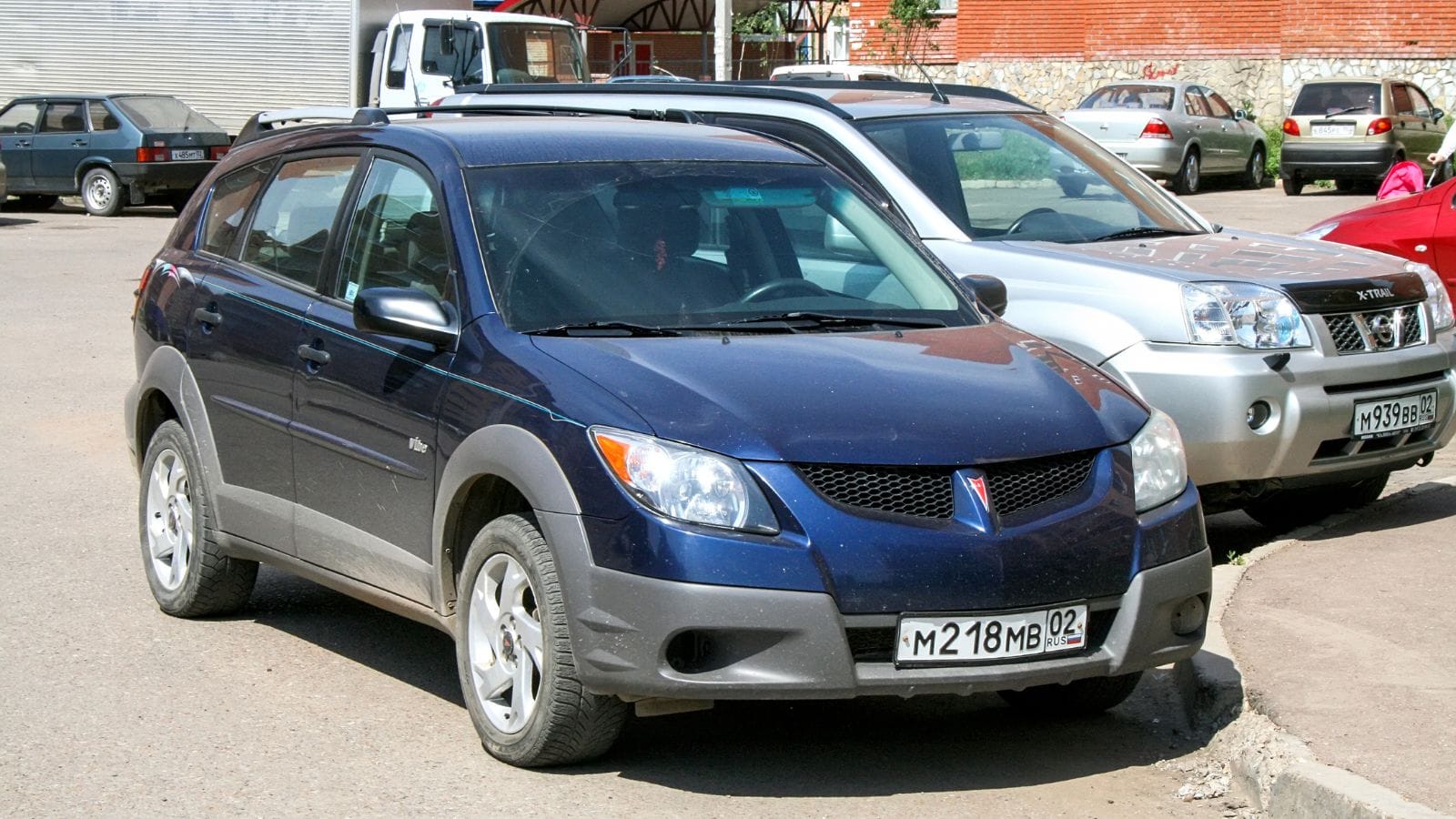
A sibling to the Toyota Matrix, the Vibe shared the same DNA but wore a Pontiac badge. It enjoyed decent sales and a reputation for reliability thanks to its Toyota underpinnings. Unfortunately, the collapse of the Pontiac brand during GM’s 2009 restructuring sealed its fate. Without brand support, resale value took a hit, and remaining units have aged poorly. While it was once a savvy choice for budget-conscious drivers, the Vibe now feels more like a forgotten footnote than a lasting favorite.
Nissan Micra
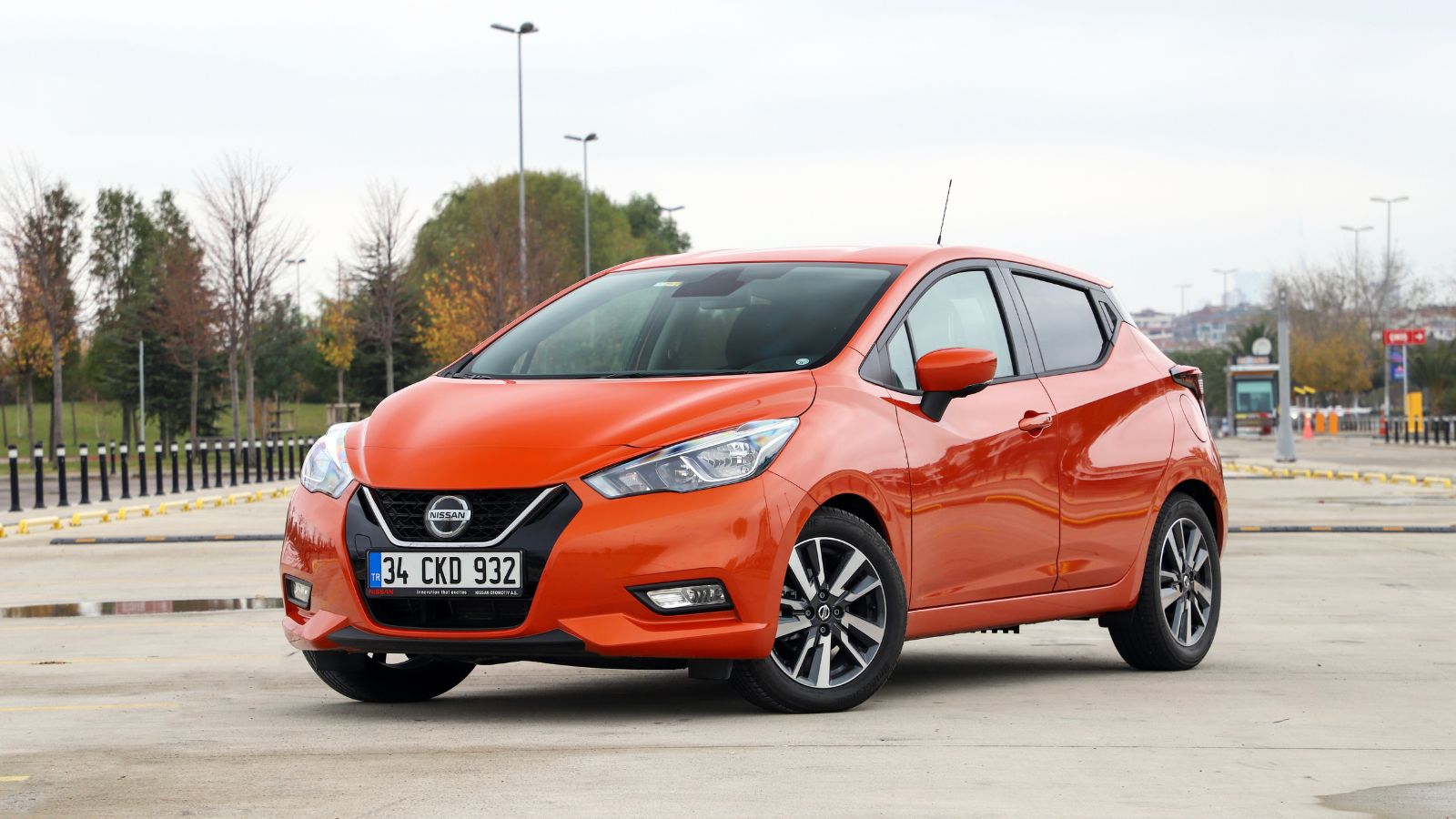
The Micra made headlines in Canada as one of the cheapest new cars on the market. It was basic, functional, and popular among first-time buyers and fleet operators. Over time, however, its lack of features, poor safety ratings, and noisy ride became harder to overlook. As buyer expectations increased and competition improved, the Micra lost ground. Nissan eventually discontinued it in 2020. With subcompacts falling out of favor and electric vehicles gaining popularity, few drivers are interested in a bare-bones option like the Micra.
Chrysler 200
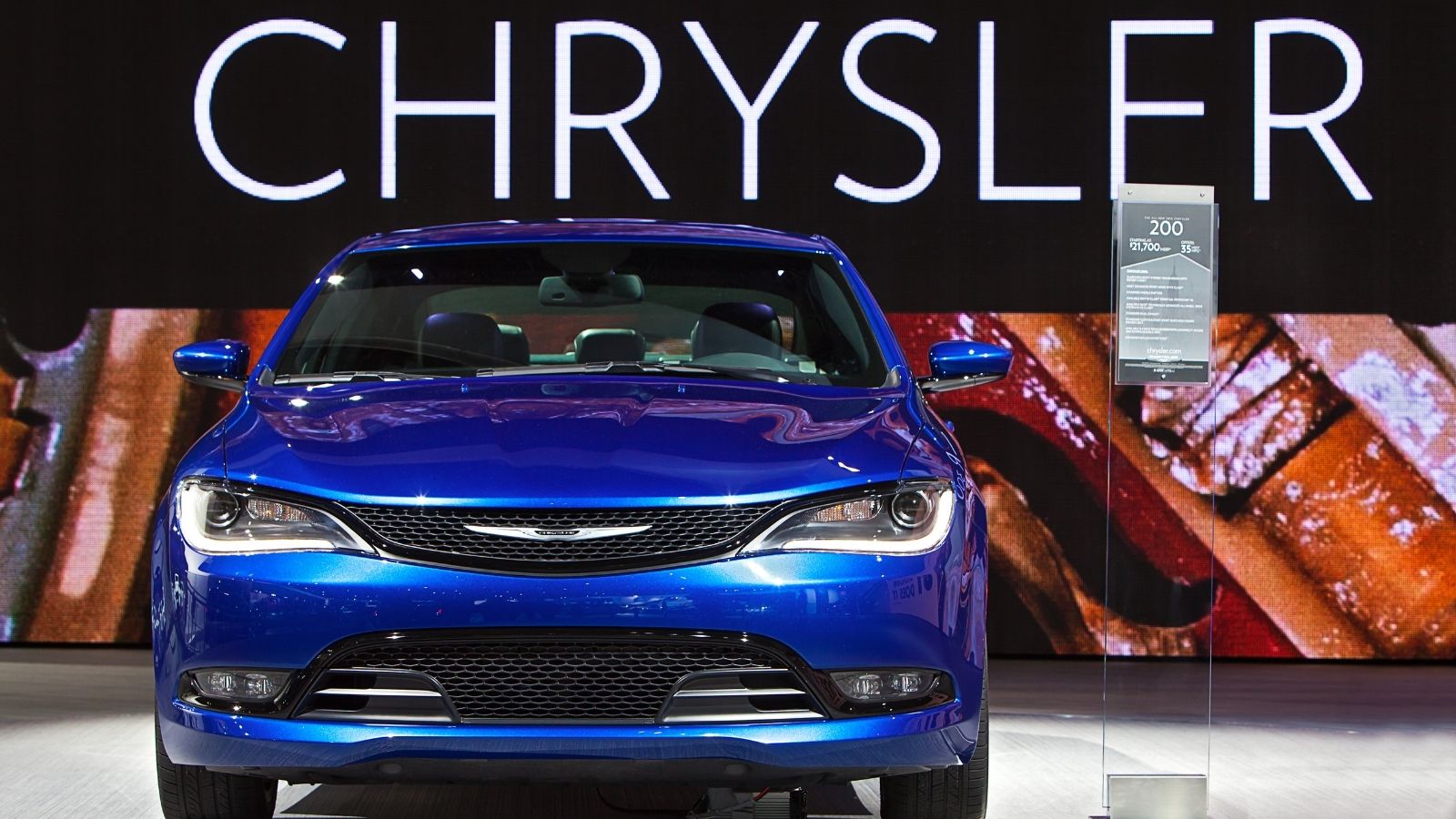
The Chrysler 200 was intended to revive interest in the midsize sedan segment. While it had a sleek design and decent powertrain options, it was plagued by reliability concerns and a cramped rear seat. As consumer preferences shifted toward SUVs, the 200’s awkward balance of style and practicality didn’t age well. Fiat Chrysler ultimately axed it in 2017, and it has since become a cautionary tale in design over substance. Today, it’s barely mentioned in used car listings, and buyer interest remains extremely low.
Chevrolet Cruze
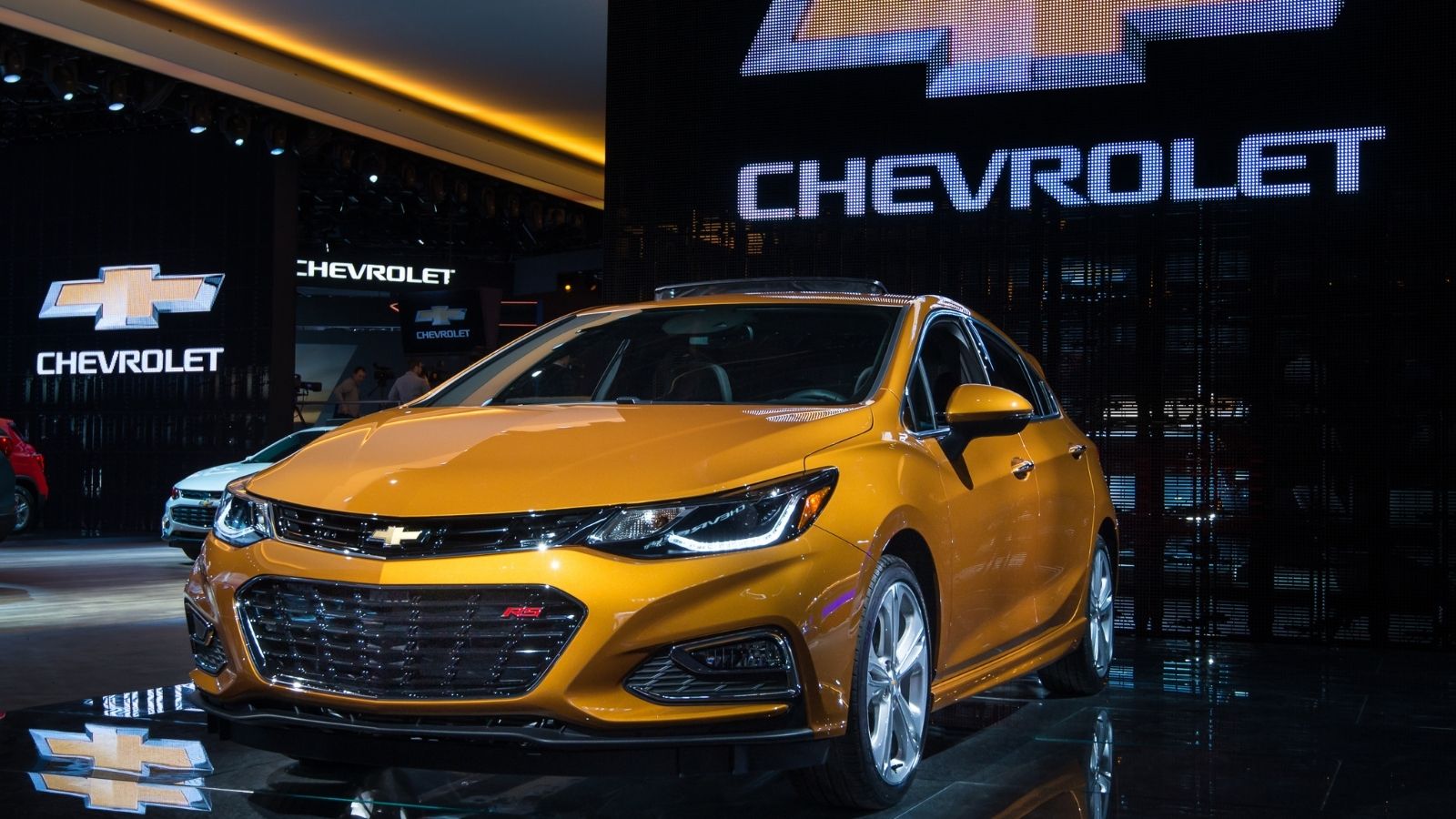
The Cruze enjoyed strong early success thanks to solid fuel economy and a comfortable ride. It was GM’s global answer to compact sedans like the Civic and Corolla. However, a series of recalls and transmission issues dented its reputation. The compact car market shrank overall, and GM eventually exited the segment. The Cruze was discontinued in North America in 2019. Plus, with stronger options from Asian automakers dominating the space, few are searching for a used Cruze these days.
Suzuki SX4
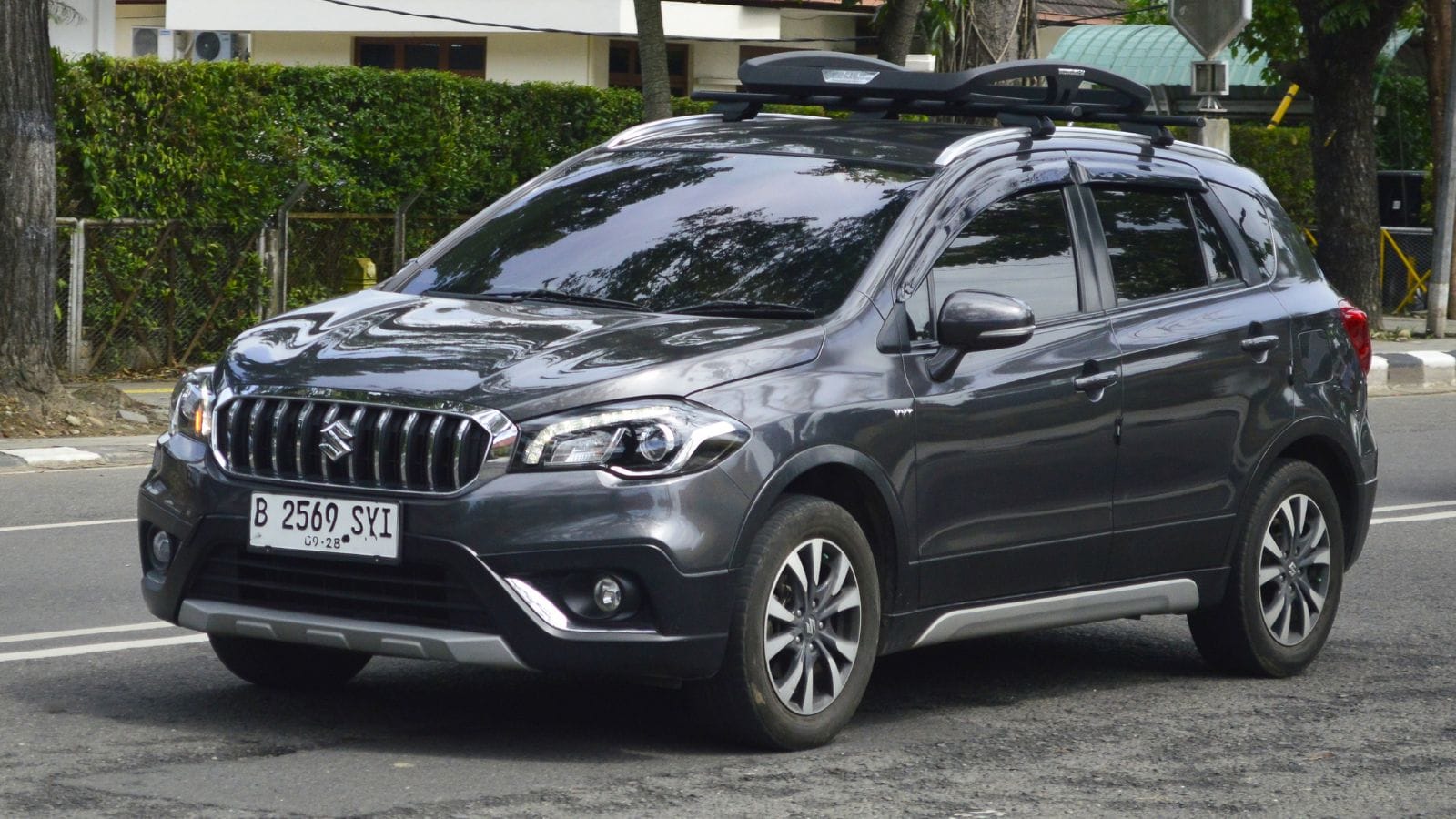
Suzuki exited the Canadian market in 2013, taking the SX4 with it. This small hatchback-crossover hybrid had quirky charm and all-wheel-drive availability, which made it appealing in snowy regions. But it lacked refinement and had limited brand support even before the exit. As parts become harder to find and resale values remain depressed, buyers shy away from the SX4. Once seen as a bargain underdog, it’s now more likely to be passed over than picked up.
Mazda5
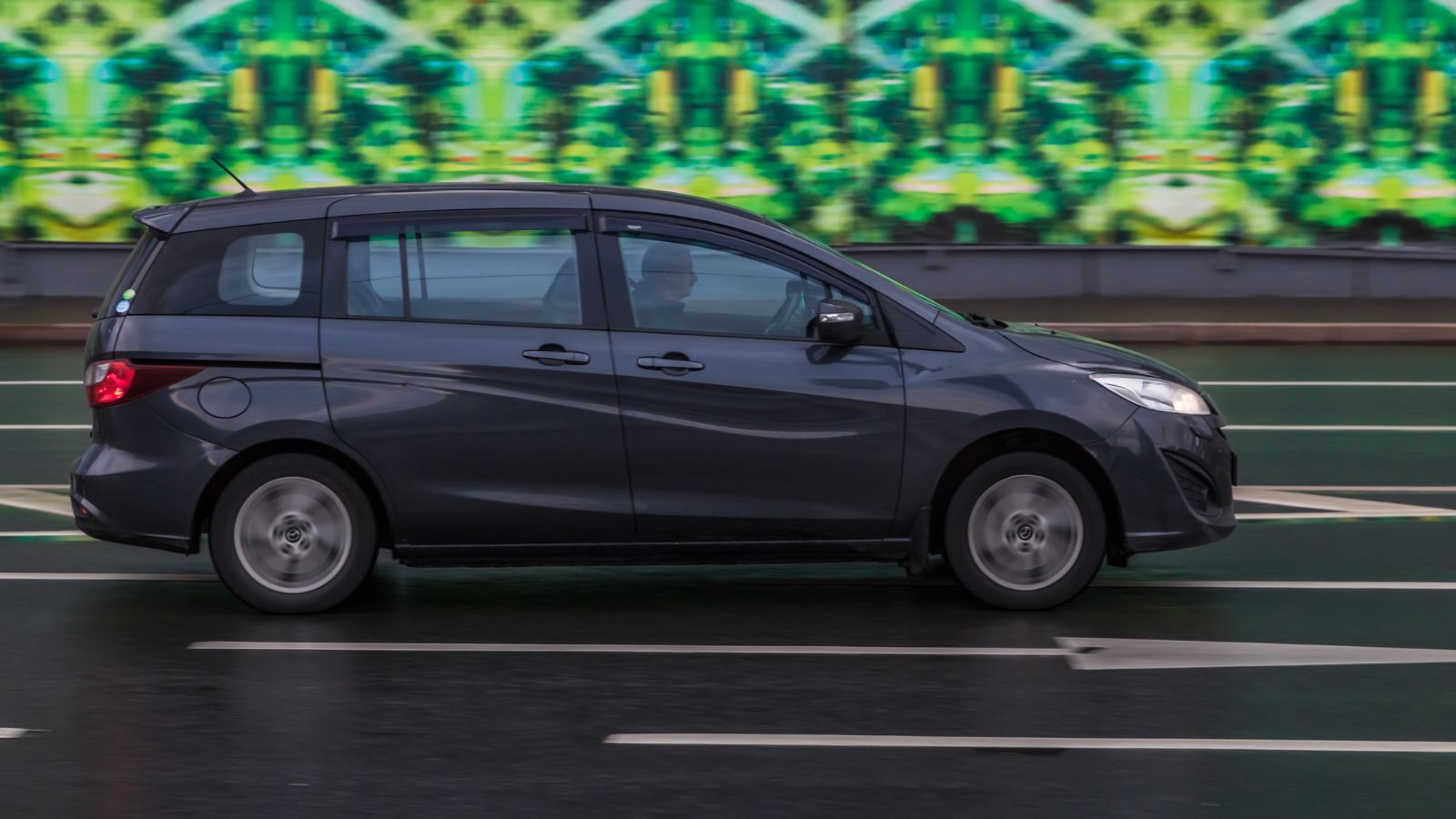
The Mazda5 offered sliding doors and three-row seating in a compact package, a mini-minivan. It was appreciated by families who wanted utility without the bulk of a full-size van. Despite its versatility, it suffered from limited interior refinement and an aging design. Sales dwindled as consumers migrated to small SUVs with better styling and modern features. Mazda discontinued it in 2015, and since then, interest has waned. The used market sees little demand for a vehicle that feels outdated in nearly every department.
Saturn Ion
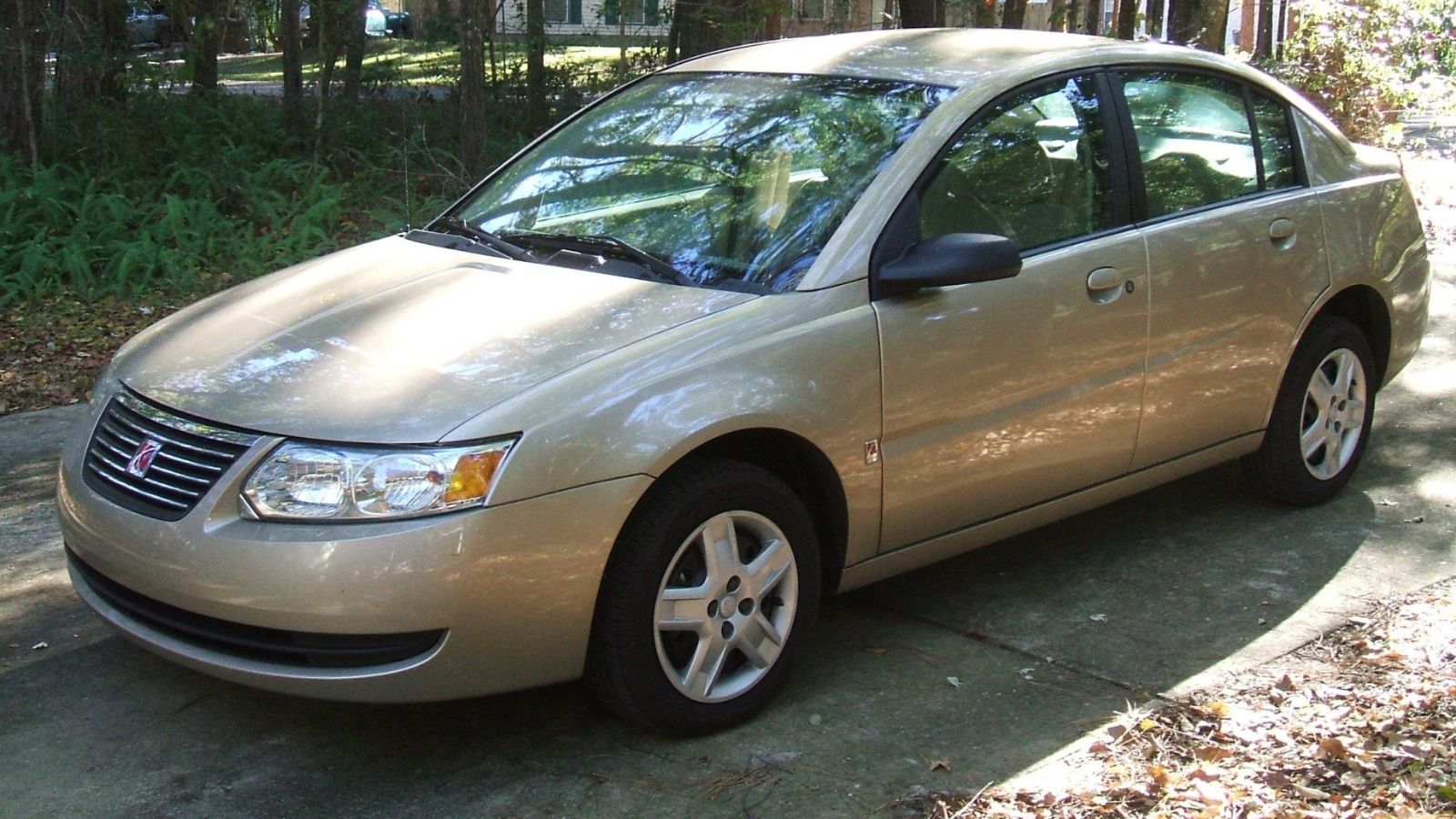
The Ion attempted to bring some uniqueness to the compact segment with centre-mounted gauges and polymer body panels. While the styling may have appealed to a niche audience, the car failed to meet expectations in key areas like comfort, safety, and durability. Its handling was uninspiring, and interior materials felt cheap even by the standards of its time. Once Saturn was shut down during GM’s 2009 bankruptcy restructuring, the Ion lost all factory support. Parts became harder to source, and resale values tanked. Today, it stands as a dated relic with minimal appeal in the used car market.
Mitsubishi Lancer

Known chiefly for its high-performance Evolution trims, the standard Lancer never quite managed to stand out in the crowded compact segment. It was reliable, but it lacked the refinement and tech features that buyers had started demanding. Interior quality lagged behind rivals, and its driving dynamics were nothing to write home about. When Mitsubishi began downsizing its car offerings in North America, the Lancer was one of the first to go, axed in 2017. Its dated design and limited desirability make it a tough sell today, even for die-hard Mitsubishi fans.
Honda Crosstour
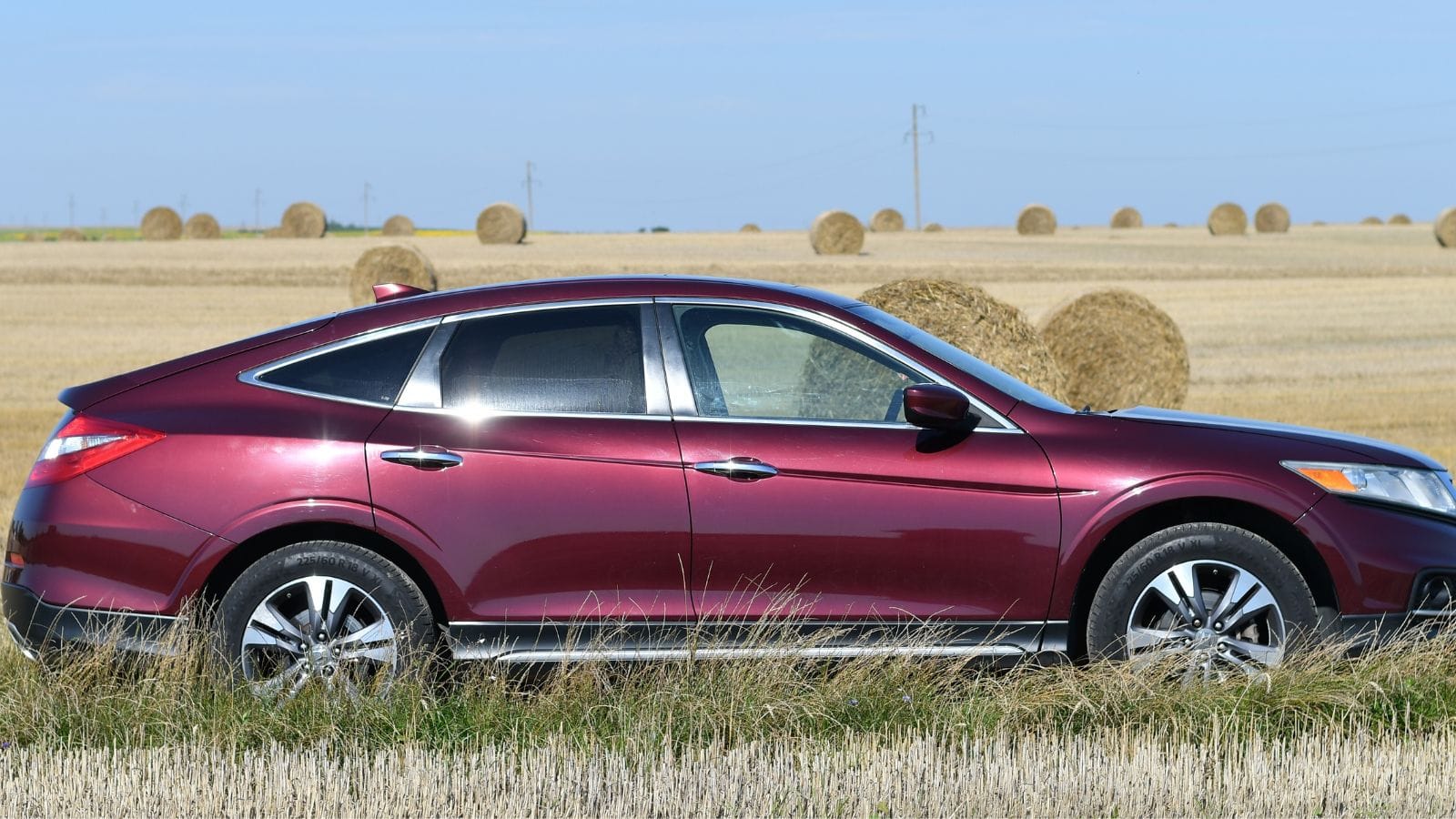
The Crosstour tried to blend the practicality of an SUV with the handling of a sedan but ended up satisfying neither audience. Based on the Accord, it featured sloping, awkward styling that limited cargo space and rear visibility. It also carried a premium price tag, making it a hard sell against better-equipped or more spacious crossovers. Honda pulled the plug in 2015 after years of underwhelming sales. Few people seek it out now, and it remains one of Honda’s rare missteps in a product lineup that’s usually known for smart choices.
Ford Flex
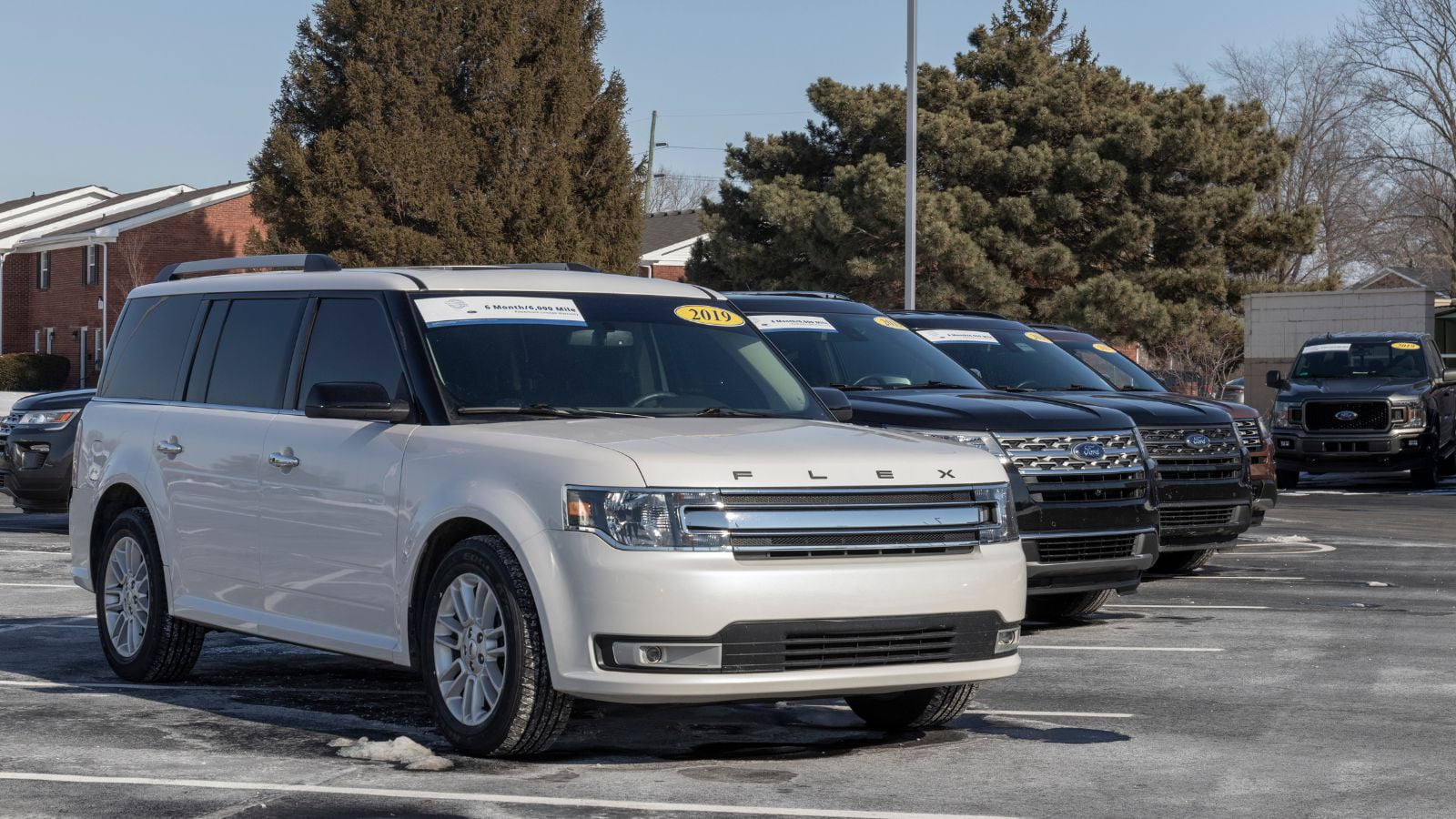
The Ford Flex delivered big on interior space, ride comfort, and unique styling. It could seat up to seven comfortably, had strong engines including the 3.5L EcoBoost V6, and drove better than expected for its size. Yet its unconventional, boxy shape limited mass appeal. Buyers increasingly favoured sleeker crossovers that aligned with current design trends. Ford ended production in 2019, and while it still has a niche fan base, it’s mostly ignored by mainstream buyers. On the used market, it tends to sit longer than more modern alternatives with better fuel economy and tech features.
Scion xB
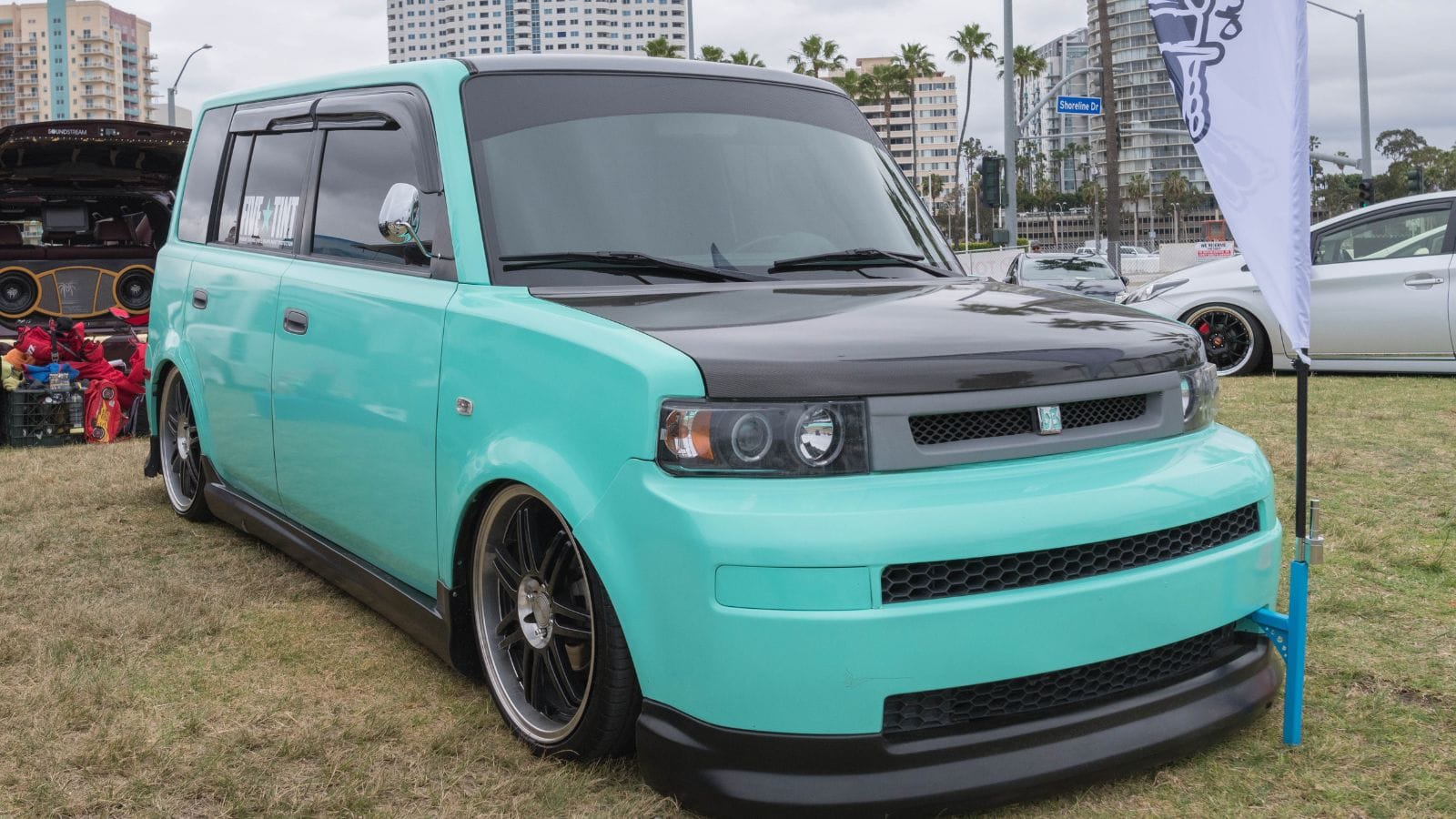
The Scion xB initially captured attention with its bold boxy design, youth-focused marketing, and reputation for customization. However, the second-generation xB lost much of its original quirky appeal and became bulkier, less efficient, and less unique. As Scion sales declined, Toyota absorbed the brand, and the xB didn’t survive the transition. Today, it’s rarely considered by used car shoppers outside of niche enthusiasts. Plus, with no recent updates, no hybrid variant, and a lack of modern tech, the xB is primarily viewed as outdated and irrelevant.
Kia Rondo
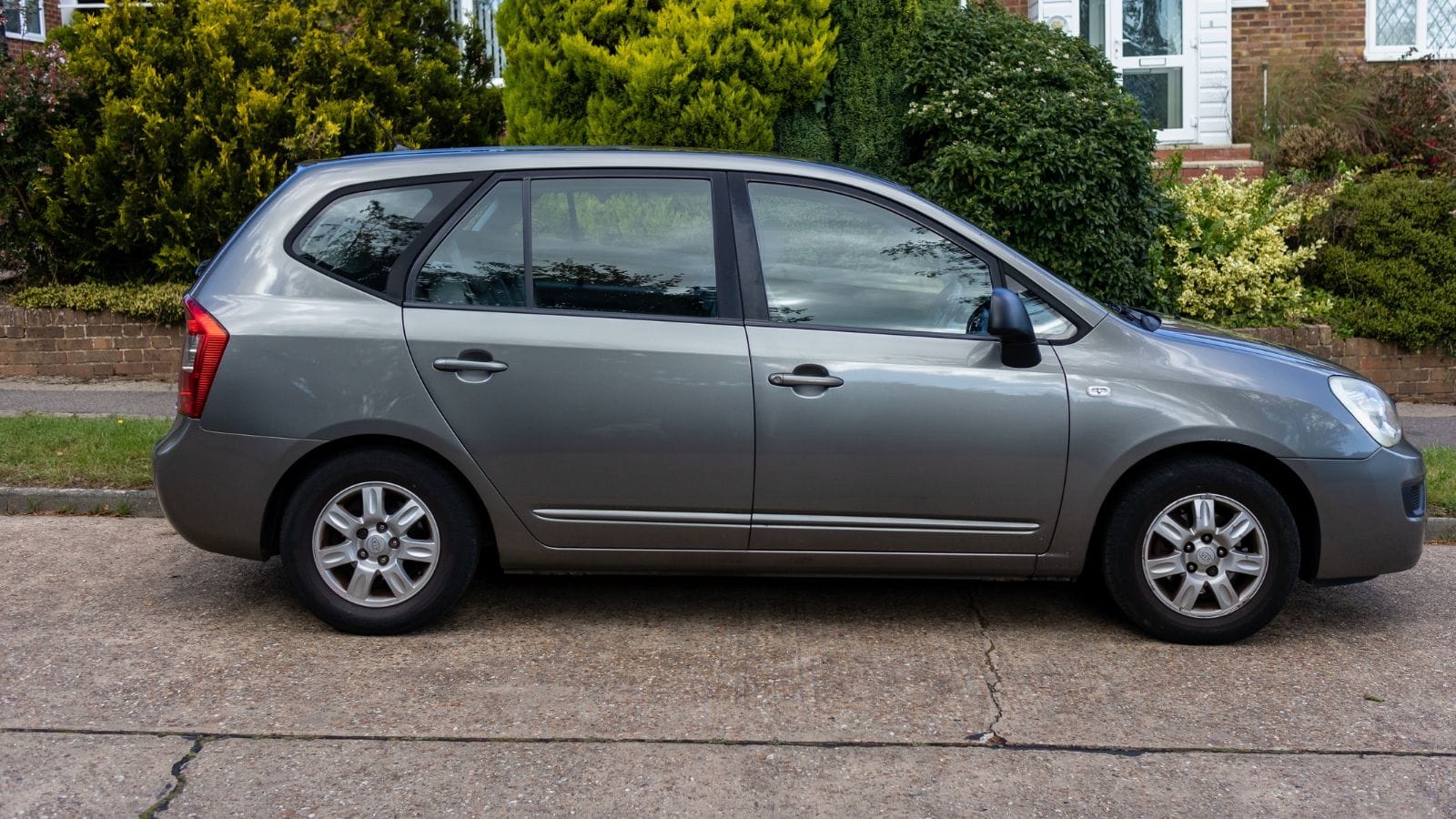
The Kia Rondo offered practicality in a compact, fuel-efficient package. With seating for up to seven and a compact footprint, it served small families well. However, the styling lacked appeal, and the driving experience felt utilitarian. Also, as the popularity of compact SUVs surged, the Rondo’s MPV format became less attractive. Kia discontinued it in Canada around 2017, turning its focus to higher-volume models like the Sportage and Sorento. Today, the Rondo rarely gets a second glance in the used market, eclipsed by crossovers that do everything better.
Dodge Dart
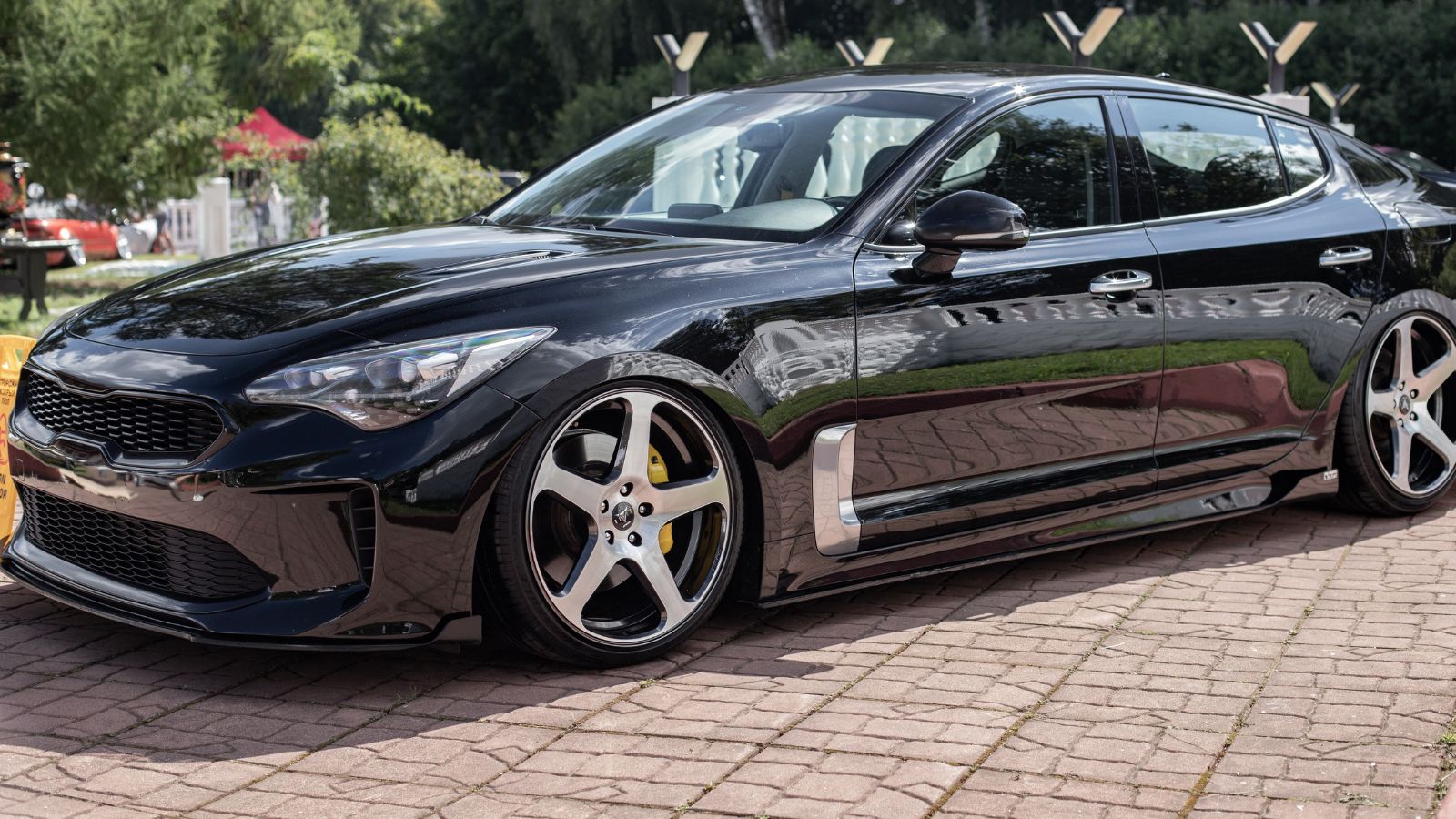
The Dart returned to the market in 2013 with high hopes and stylish European-inspired design cues, but it quickly ran into trouble. Poor reliability, transmission complaints, and underwhelming base engines made it a disappointment. Despite some trims offering turbocharged engines and touchscreen infotainment, it never found a strong niche. Dodge ended production in 2016. Since then, the Dart’s resale value has plummeted, and many mechanics caution against purchasing one. For buyers looking for long-term dependability, the Dart doesn’t deliver.
Chevrolet Sonic
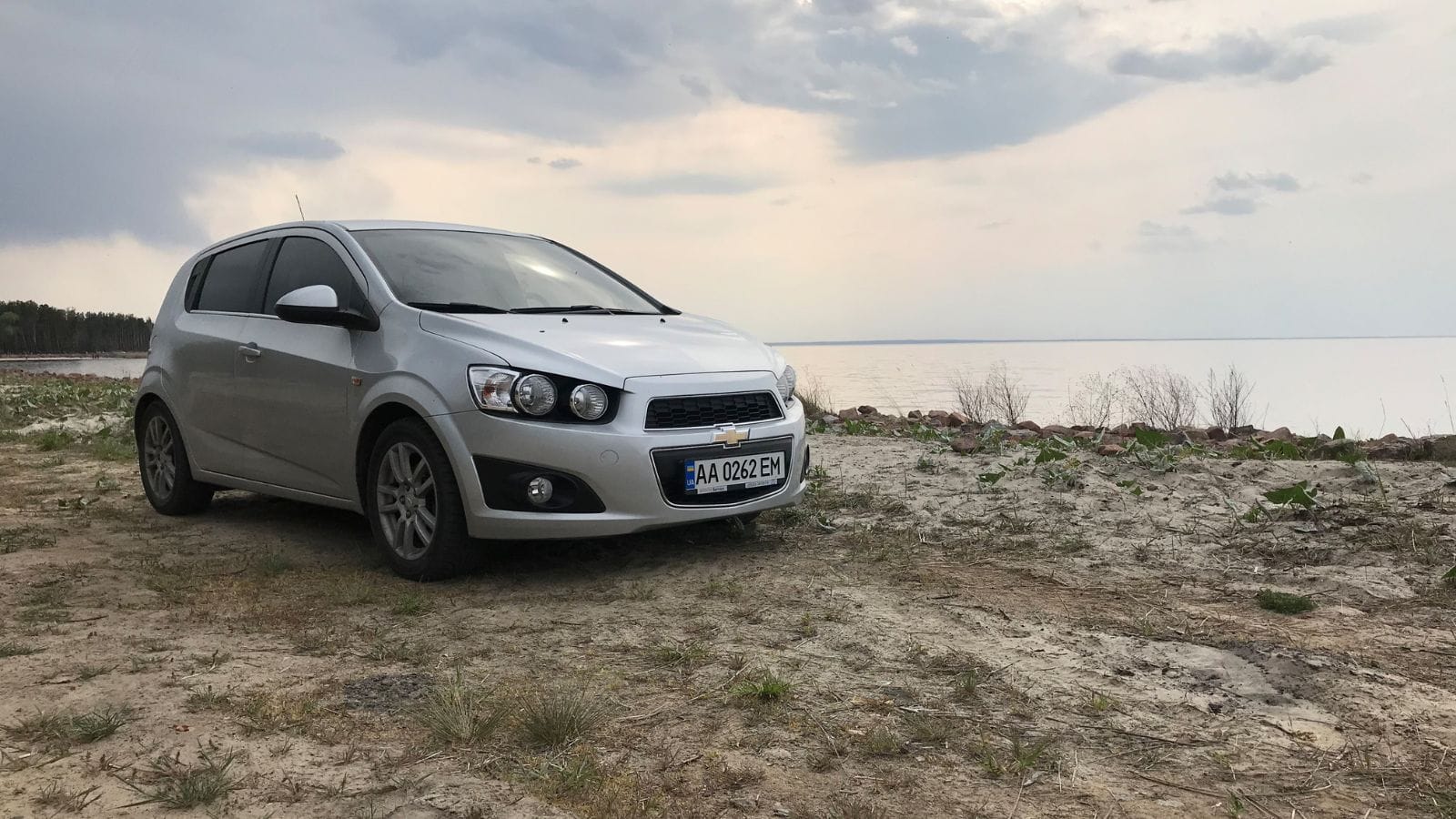
As a subcompact with hatchback and sedan options, the Sonic offered turbocharged engines, decent fuel economy, and a city-friendly size. However, interior quality was uninspiring, and safety ratings weren’t always competitive. Consumer interest in subcompacts declined overall, leading to the Sonic’s discontinuation in 2020. In today’s market, where buyers prioritize space, tech, and versatility, the Sonic feels outdated. Used models don’t command much value, and there’s little enthusiasm for the nameplate among new drivers or budget-conscious shoppers.
Volkswagen Passat
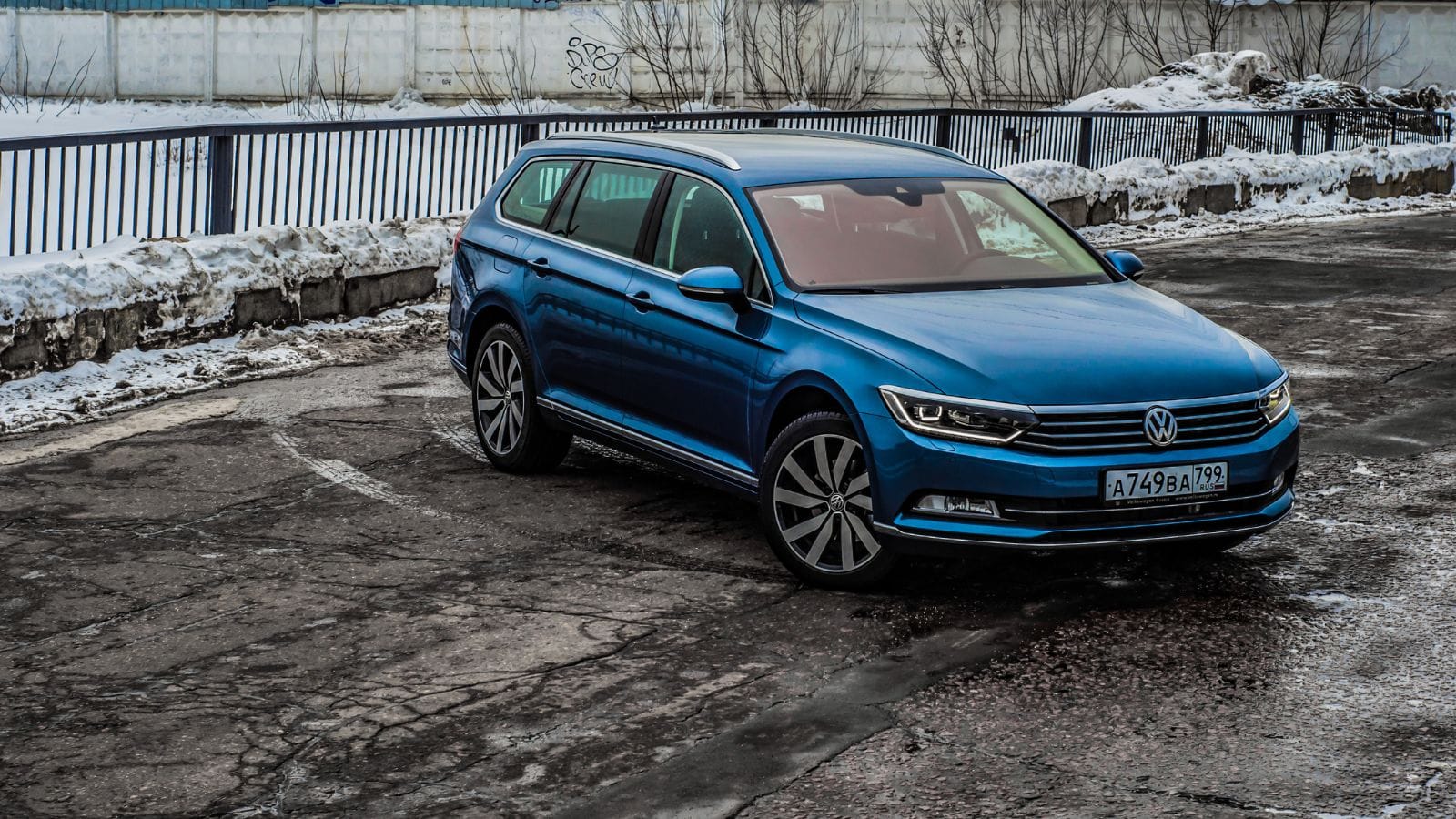
Once seen as a premium-feeling sedan at a competitive price, the Passat lost its edge due to uninspiring updates and strong competition from more reliable brands. Interior quality fluctuated over the years, and performance lagged behind expectations. Despite decent size and ride comfort, it lacked the flair and efficiency of rivals. Volkswagen ended its North American run in 2022 to focus on SUVs and EVs. And, while used Passats are still around, most buyers skip them for more modern, value-driven options from Toyota, Honda, or Hyundai.
25 Facts About Car Loans That Most Drivers Don’t Realize

Car loans are one of the most common ways people fund car purchases. Like any other kind of loan, car loans can have certain features that can be regarded as an advantage or a disadvantage to the borrower. Understanding all essential facts about car loans and how they work to ensure that you get the best deal for your financial situation is essential. Here are 25 shocking facts about car loans that most drivers don’t realize:
25 Facts About Car Loans That Most Drivers Don’t Realize
